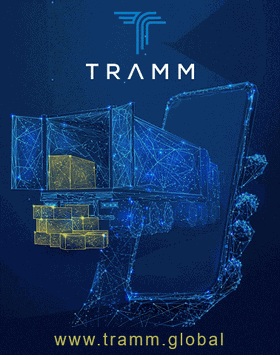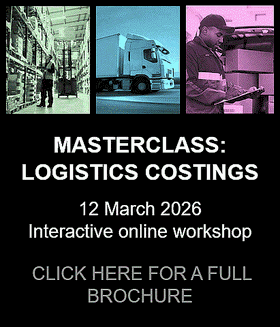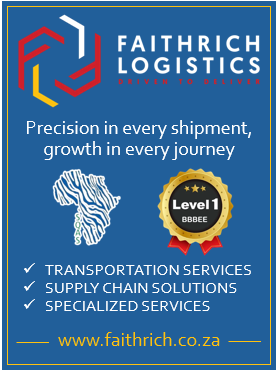South Africa has an expansive 750,000 km road network - the largest in Africa and the tenth largest in the world. Road dominates freight movement, with an 80% market share, making it the largest subsector in transport.
Road transport operators managing fleets of all sizes – from interlink trucks and tautliners to flatbeds, refrigerated units (reefers), bulk tankers, car carriers and other specialised vehicles – are the animating force of this economy.
However, the industry has experienced its share of ups and downs. According to the C-Track Transport and Freight Index (TFI), which measures the sector's performance, there was 2.4% growth in the first quarter this year, but a slower rate of 0.8% in the second, in line with GDP.
To make it in the tough road freight industry where internal and external factors compress margins, operators need smart fleet management strategies.
Earnings Per Kilometre (EPK) is a profitability metric that shows how much revenue a vehicle generates per kilometre travelled. It helps operators assess whether their pricing strategies, fleet utilisation, and cost management align with sustainable profitability.
The going rate per kilometre varies depending on the route, the type of commodity and various other factors. So, what are the revenue-side and cost-side pressures that eat into this thin EPK margin for operators?
On the revenue side, intense competition in road freight and logistics keeps rates under pressure. Road freight hauling is an open market marked by intense competition among operators. Those who overprice are quickly replaced by cheaper competitors, however, under-pricing the kilometre rate is unsustainable in the long run too, hurting profitability. There is over-capacity in certain corridors, most notably, the container corridor between Johannesburg and Durban, pushing prices down.
Macroeconomic factors such as the slowdown in economic growth and lower consumer demand also add to revenue pressure and thinning of margins. For example, volatility in global trade has negatively affected domestic transport and logistics. Take the reciprocal tariffs by the Trump administration on key SA imports, which have had a knock-on effect on South Africa’s automotive sectors. Vehicle exports to the U.S. have fallen by 50% since the tariffs came into effect, and transporters in the automotive export value chain, and parts of manufacturing, have experienced the hardest impact.
On the cost side, fuel remains the most immediate saboteur of Cost per Kilometre (CPK). It is a dominant driver, accounting for up to 55% of operational costs. The recovery of the Rand against the U.S. Dollar has pushed the diesel price slightly down, to the benefit of transporters.
An increase in the cost of vehicle parts, maintenance and repair charges, higher wages, rising insurance premiums, tolls and road charges, and the financing costs of fleet acquisition or expansion, all have a negative net impact on CPK as well.
It is critical that transport operators choose the right partner that can offer financial solutions tailor-made for success in this intensely competitive and volatile industry. The right partner can help operators craft fleet optimisation strategies and offer transactional tools that help ease operational cost pressures, actively manage the total cost of ownership and ensure a future-fit replacement strategy.
For transporters looking to expand or modernise their fleets, long-term lending packages at reasonable interest rates assist in the sustainable management of costs. Automated fleet management systems and fuel efficiency measures encompassing telematics, route optimisation, and driver training to reduce fuel burn can also result in significant operational cost savings. This has also led to higher demand for full maintenance lease solutions whereby the fleet operator prefers a risk prevention strategy and focus on fleet efficiencies and not ownership.
Those that seek to maximise efficiencies will understand the added value of choosing the right partner. A partner that understands the needs of the sector can offer strategic advice when it comes to contract renegotiation; for example, linking tariffs to fuel indices or Consumer Price Index (CPI) to hedge against cost increases.
Road freight haulage will continue to be a crucial economic driver for the foreseeable future. Those seeking to make it in this industry must understand the dynamics that make it a profitable and sustainable venture in the long run.

By Banie Claasen, Managing Executive for Specialised Lending Products at Absa Business Banking







